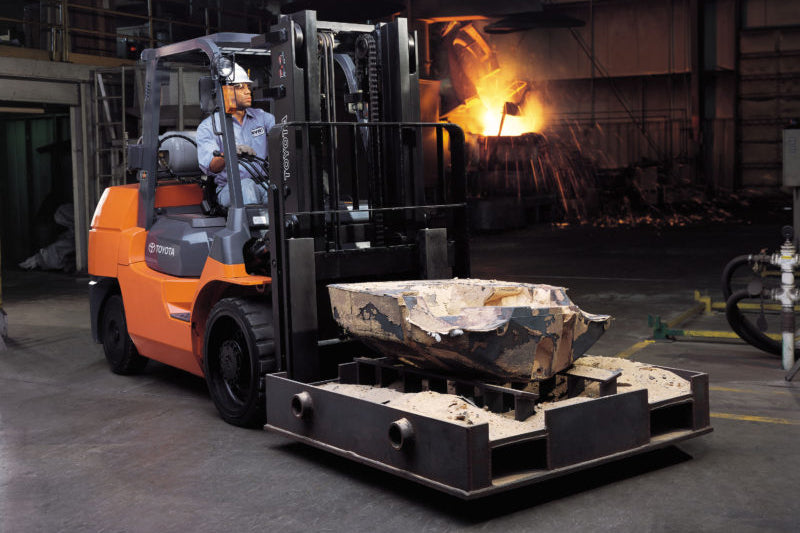
Forklift Safety: Avoiding Hazards
Training programs for novice forklift operators should emphasize a few key points, including pre-flight equipment inspections, handling and replacing fuel tanks, and navigating control and signaling functions. Employees should know how to move forward, turn, back up, raise and lower a load, and move safely through a landscape of potentially hazardous obstacles. But just as important as any of these skills, employees should have a fundamental understanding of load management. The safety and basic physics involved in transporting loads should play an essential role in the training process, and employees should not operate forklifts independently until they can demonstrate this knowledge. Here are a few key points to incorporate into your program.
Manufacturing specifications
Before taking the controls of any lift truck, operators should understand that different trucks are manufactured with varying specifications, and exceeding these specifications in any capacity (load weight, load height, speed of operation, turning radius, etc.) can lead to danger. First and foremost, employees should respect the limits of the lift truck in question.
Center of gravity
Tipover is one of the primary hazards of unsafe lifting. Tipover often results from a poor understanding of a lift truck’s center of gravity. Most forklifts are rated with a 24-inch load center, which means the load’s center of gravity must be 24 inches or less from the face of the forks (the point where the forks meet the mast). If this distance exceeds 24 inches, the truck can tip forward at the fulcrum (usually the front wheels of the truck; picture the front wheels as the base of a see-saw.) Some advanced trucks are designed to shift the center of gravity in response to load height and weight data gathered by sensors in the truck and mast. If a truck doesn’t have these sensors, the operator must monitor the center of gravity at all times.
Lifting hazardous loads
Sometimes the truck presents the hazard, and sometimes the hazard comes from the load. Operators should not lift loads that are poorly centered. For example, if a load involves a large heavy box and a smaller lighter box, the large heavy box should be on the bottom and the small box on the top, not the reverse. Loads should be compact and secure, not loose and shifting. And all loads should be structurally sound and undamaged. A broken pallet or ruptured box should be left on the ground.
Traveling with loads
Loads should not be carried while fully elevated. Pedestrians should never stand or walk under an elevated load. Forks should not be raised or lowered while the truck is in motion. The truck should be stopped and the brake should be set before any lifting or lowering takes place.

